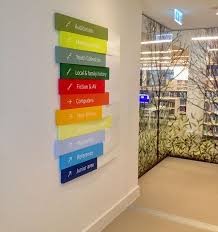It is essential that students with disabilities feel supported and are given the same access to education as everyone. One way to do this is by building an inclusive classroom. So, what elements of classroom design foster inclusivity and help disabled students achieve their best? Let’s take a closer look.

Education Architecture
When designing a new school building, architectural elements can be visually appealing as well as being designed to support students with additional needs. This could include wide walkways and doors to accommodate wheelchairs, as well as ramp areas. For more information on education architecture, see www.quattrodesign.co.uk/sectors/school-education-architects .
Classroom Elements
Classroom design is an important part of creating an inclusive environment. This might include accessible paths for students who use wheelchairs or other mobility aids, as well as various seating choices, such as stability balls and standing desks, to meet diverse sensory preferences. For students who are visually impaired, colour-coded signs and visual markers can help them navigate the classroom area.

Assistive Technology
For students who have difficulty with communicating, technology such as text-to-speech software and AAC devices can really make a difference. As discussed in a study featured in NIH, text-to-speech tools improve reading comprehension for students with reading disabilities such as dyslexia. Other technology to explore could include the use of AI to enhance the classroom experience for students with disabilities.
Fostering an Inclusive Environment
Design and technology can go a long way toward improving the learning outcomes for students, but creating an inclusive environment is equally important. This could include educating able students on the importance of diversity and inclusion, as well as actively getting them involved in the support of others, for example, by using a buddy system.
The needs of students with disabilities must be catered for if they are to have an enjoyable and successful time in the classroom, and it is important to keep monitoring how well a classroom design works for those students. By keeping a degree of flexibility, your classroom will be able to evolve into an inclusive environment for all.


